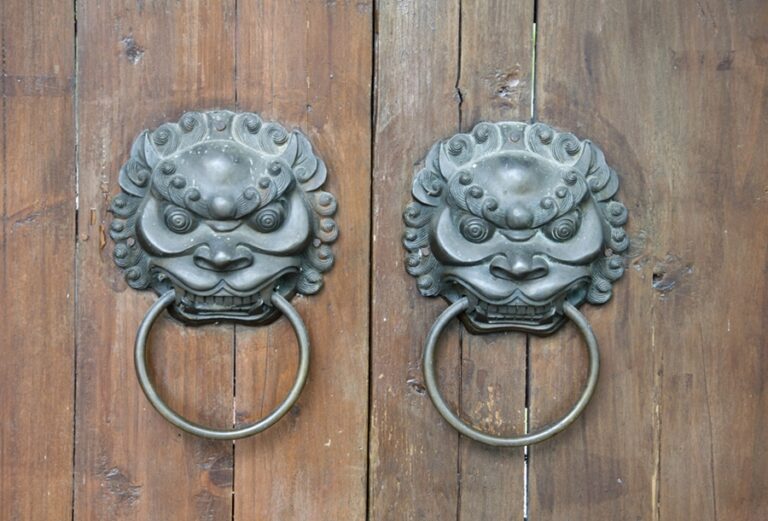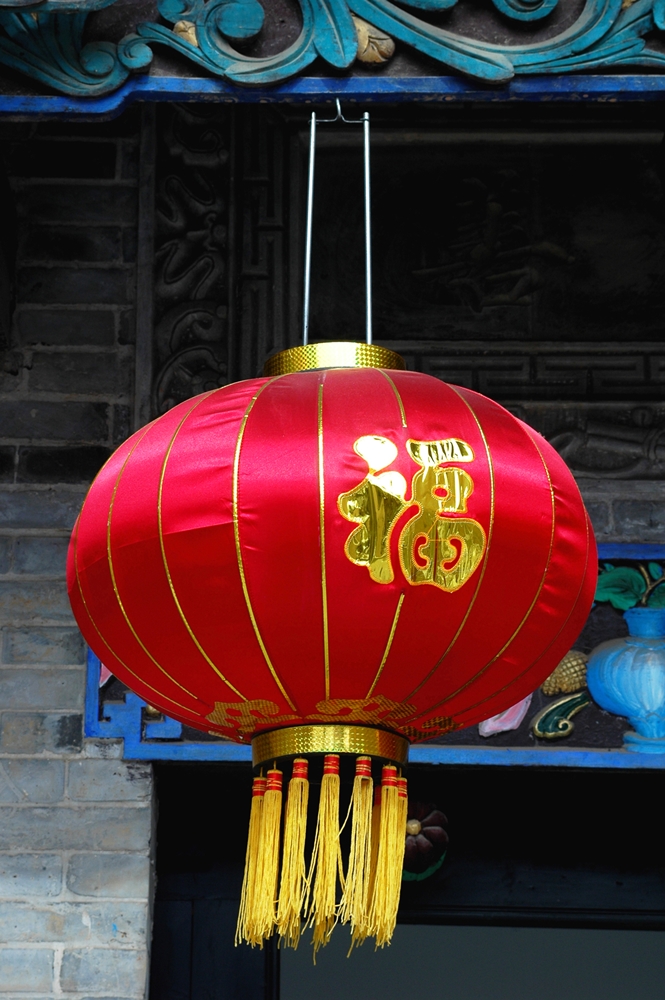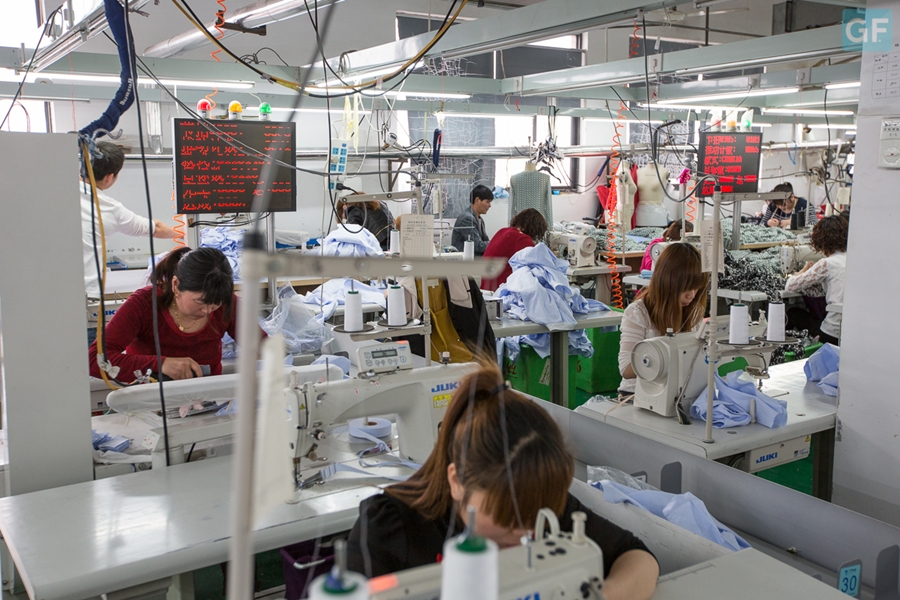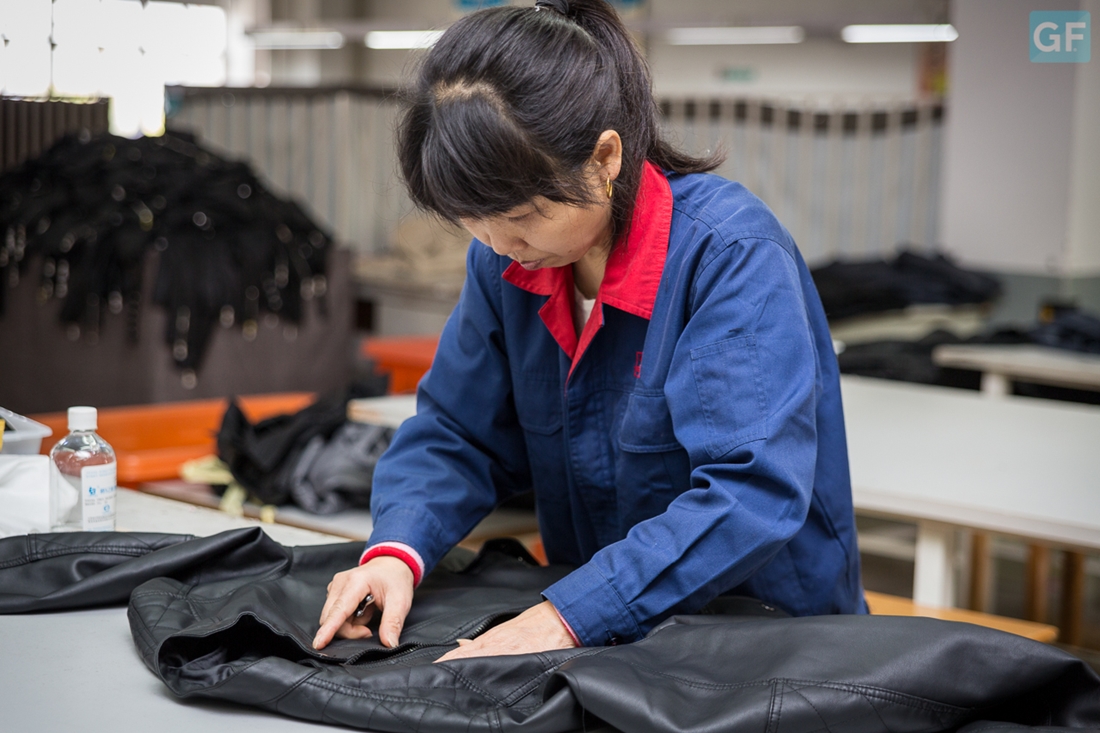
Meaning and magnitude of the Chinese New Year.
The Chinese New Year, also known in China as the Spring Festival or as the Lunar New Year in the West, is the most important traditional celebration of the year in the Chinese calendar, and it is also celebrated in other countries in East Asia.
As set in the lunisolar calendar traditionally used in China, the festivities begin the first day of the first lunar month, and end on the fifteenth day, when the Lantern Festival takes place.
During this period, the largest human migration in the planet occurs within the borders of China. The “spring movement” is the result of mass exodus, for over a month, of millions of people travelling to their place of origin to celebrate the festivities with their families.
While the celebration itself lasts for 15 days, in order to ease the process of migration and to decompress transport in the face of such massive movement, the factory workers are given a full 30-day vacation time.
During the 30 days of vacation, most factories close their doors and stall their operations and processes. The organization of factories faces an additional hurdle because once the recess is over, many workers don’t go back to their original companies as they seize the opportunity to change jobs or start working in another sector.
What is the impact of the Chinese New Year in production times?
Production times are generally longer during the Chinese New Year period.
They are longer before, during the celebration, and especially after it, because while on the recess, the Chinese providers continue to receive purchasing orders and employees return gradually to the factory; often the staff doesn’t return in its entirety.
Factors influencing production times
Production planning by the factory.
This is one of the main factors that set apart the experienced, well-organized factories from those that are not. Through the careful planning of production and raw materials purchases it is possible to substantially minimize delays during this period.
The factory’s order book.
This factor is difficult to measure for an importer, but it is certain that delays also depend on the size of the factory’s order book during this period and on their production capacity.
Number of components / raw materials
Complex products that require a large quantity of components or accessories or special raw materials tend to experience greater delays; especially after the celebration of the Chinese New Year.
The complexity of the production process is something we should also consider as the workers with the most experience and technical background, the most qualified staff, start their vacation earlier and return later. In fact, many of them take the opportunity to change to another factory in search of better financial and work conditions.
The assessment of defects and the factory’s attitude towards them.
A greater number of defects, as well as the factory’s attitude towards their evaluation and fixing, impacts the production time. Factories with good quality control and a long-term commitment will take extra time to repair or rework the defective products.
Naturally, the number of defective products is higher during this period for the same reason that was mentioned in the previous point regarding skilled workers and because the remaining staff is more focused on their holidays than on the task at hand.
Financial capacity and flow of funds in the factory.
Factories with good “Cash Flow” or “funds flow” are in better condition to purchase the raw materials they need before the festivities begin and after they finish; they are even able to pay off their contractual commitments, expenses, wages, bonuses, etc.
This allows them not only to continue with the production of orders paid before the recess, but also to afford the manufacture of orders received during that period quickly and without interruptions.
This means that, if provisions are done properly, it cancels the possibility of delays caused by late purchase of raw materials.
Size of the factory and its storage facility.
En el “The Just in Time” of the world of manufacturing does not require large warehouses. However, those factories that do have them can store raw materials and standardized products to face this period of the year with greater ease.
Prioritization of orders.
Since two months before the Chinese New Year’s Celebration, the factories work under pressure from the buyers who want to make sure their products are dispatched from China within the arranged time.
While most good factories are honest, there are always exceptions. Sometimes the suppliers know that it won’t be possible to meet the delivery date, but make the promise anyway because they don’t want to lose new orders.
There is also the case of those factories that take orders with the conviction they will be able to meet the deadlines, but they fall behind when they have to deliver urgent orders from large clients with higher priority.
Criteria for prioritization of orders.
In an ideal and fair world, the first to come should be the first to be served. Nevertheless, the order of arrival is not an important element in factories. Some of the factors that influence the prioritization of orders in the factories are:
New buyer Vs. regular buyer
Factories usually give priority to “regular buyers” over “new buyers”.
Purchasing power.
A large volume of purchases helps get orders to the production line first when deadlines are tight. Big buyers always have preference.
Local presence.
The fact that a buyer has local representation is very useful to exert pressure regarding delivery times. Local presence can be achieved through the buyer’s own purchasing office or through a company that represents their interests.
Relationship with the factory.
Although it is not as relevant as some of the factors mentioned above, the relationship with the factory can often be a determining factor when it comes to choosing between two similar orders. The Chinese entrepreneurial culture is by large a culture of relationships and it is worthwhile to have dinner with the factory officials during this time of the year.
What is the impact of the Chinese New Year on the quality of the product?
The period right before and after the Chinese New Year is when the greatest number of quality problems arise.
Reasons for quality issues.
Lax internal quality control.
During this period, the factories are under pressure from the buyers to comply with production deadlines, while the workers are trying to maximize the income they can take home. This is a dangerous combination, since it often leads to lax internal quality control.
New employees.
A large proportion of factory workers are hired for this time of the year to compensate for the loss of those regular and more experienced. This means many of them are not completely qualified for the manufacturing of products, which results in quality problems.
Outsourcing
Some of the larger factories sub-hire others that are smaller in order to meet the demand for manufacturing. This can lead to serious quality problems since the smaller factories don’t always have the systems and processes of quality warranty that the original factory boasts, previously assessed and certified by the buyer.
Undetected quality problems.
Because of the issues mentioned above, quality problems are usually found during the “pre-shipment inspection”. However, there is not enough time to solve them, as that would mean to delay the dispatch. In such cases, the client has to make the difficult decision between accepting the “quality problems” and shipping the product –fixing it in destination if possible—, waiting until after the celebration for the provider to repair the problem or rework the model, or cancelling the design completely.
Bottom line.
As you can see, the magnitude of the Chinese New Year’s impact on productions is quite important. Therefore, all necessary measures must be taken on the supplier’s side and also on the buyer’s side in order to reduce its negative effects on the production planning and quality. In this regard, I thought my colleague Ashish Monga’s assessments were so good that I have kept them in mind and I have published this article 3 months in advance, so that we can plan the situation, minimize the risks and reduce its impact on our production.
Until next time!














































